Hypoallergenic plants come in various shapes, sizes, and colors, so you won’t have to compromise aesthetics. From lush green foliage to delicate blooms, there’s a hypoallergenic plant out there that will suit your style and preferences. Various hypoallergenic indoor plants are available, perfect for creating an allergy-friendly environment. Caring for your indoor plants is essential to ensure their health and longevity.
15 Indoor Plants That Don’t Cause Allergies
Snake Plant (Sansevieria trifasciata)
Snake Plant, also called Mother-in-Law’s Tongue, is popular for indoor gardening enthusiasts looking for hypoallergenic options. This resilient plant has long, upright leaves strikingly patterned with variegated shades of green. The key advantage of the Snake Plant is its ability to air purification by eliminating toxins and releasing oxygen at night.
This makes it ideal for bedrooms or living areas where clean air is essential for a good night’s sleep or relaxation. They also have excellent drought tolerance, perfect for busy individuals or those who regularly forget to water their plants. Furthermore, Snake Plants don’t attract pests like other indoor plants might, which can be beneficial if you have allergies or sensitivities to insect bites.
Areca Palm (Dypsis lutescens)
It is a popular indoor plant choice that doesn’t cause allergies. Its slender, feathery leaves and elegant appearance add beauty to any indoor garden. Growing Areca Palm acts as a natural humidifier, releasing moisture into the air and improving the overall humidity levels in your home. Areca Palm is an excellent choice for allergy sufferers looking to add some greenery indoors without triggering allergic reactions.
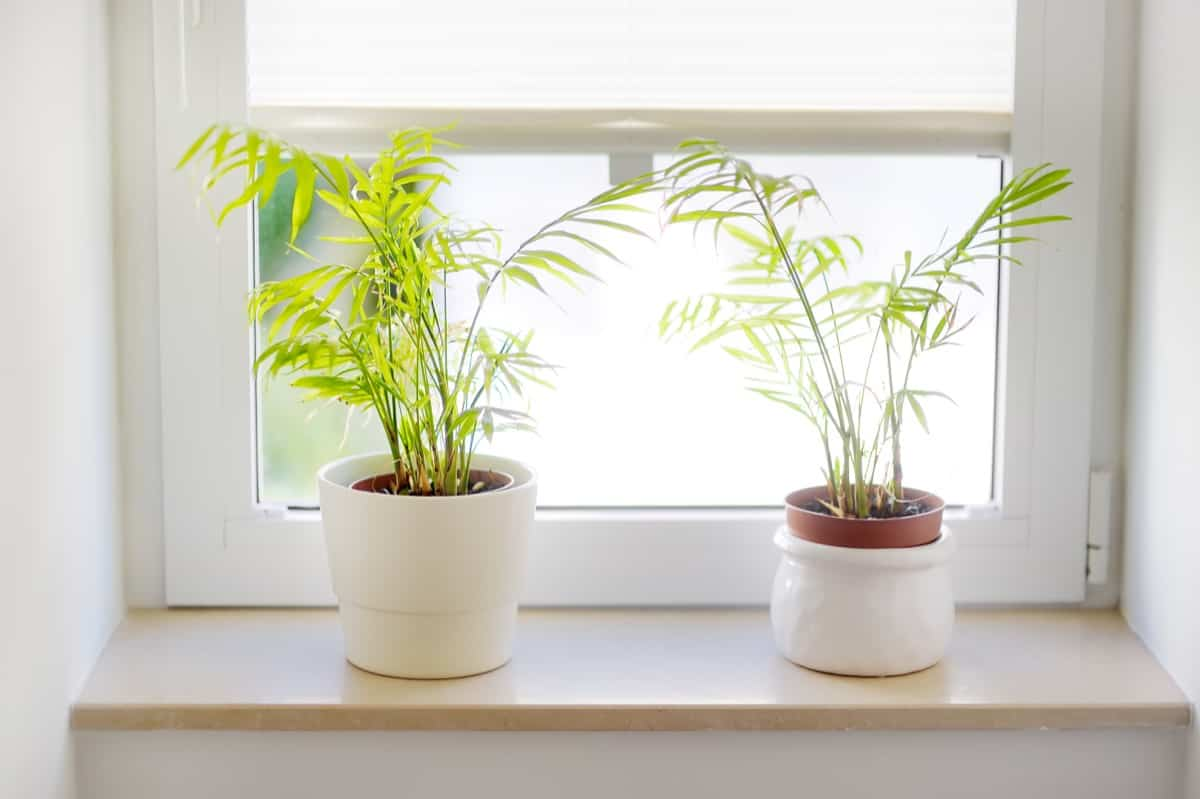
Bamboo Palm (Chamaedorea seifrizii)
Bamboo Palm, known as Chamaedorea seifrizii, is a beautiful and versatile indoor plant for allergy sufferers. Its lush green foliage and graceful appearance add beauty to any space. The key benefit of Bamboo Palm is its ability to purify the air. This makes it an excellent choice for improving air quality and creating a healthier environment.
It thrives in medium to bright light but tolerates lower light conditions. In addition to being hypoallergenic, Bamboo Palm has been found to have soothing qualities that can help reduce stress levels. Its presence alone can create a calming atmosphere in your home or office.
Boston Fern (Nephrolepis exaltata)
It is a popular plant choice among indoor gardeners, and for good reason. With its delicate fronds and lush green foliage, it adds a touch of elegance to any space. But what makes this plant truly special is its hypoallergenic properties. Unlike other plants that release pollen or irritants into the air, Boston Fern helps improve indoor air quality by acting as a natural air purifier.
It has been found to remove toxins such as formaldehyde and xylene from the atmosphere, making it an ideal choice for allergy sufferers. Boston Fern has practical benefits and adds beauty and freshness to your home or office environment. Caring for a Boston Fern is relatively easy too. It thrives in bright but indirect light, so placing it near a north-facing window or providing filtered sunlight will keep it happy. Regular watering is essential to prevent the soil from drying out completely.
Peace Lily (Spathiphyllum spp.)
It is a beautiful and popular choice for indoor gardening enthusiasts, especially those with allergies. This striking plant adds a touch of elegance to any space and helps purify the air by removing toxins like formaldehyde, benzene, and carbon monoxide. The Peace Lily features glossy green leaves that gracefully arch outwards, making it an eye-catching addition to your indoor garden. It also produces delicate white flowers that add a lovely touch of beauty. With its low pollen count, this plant can be enjoyed without causing discomfort or irritation.
In case you missed it: Top 10 Low Light Vegetables for Indoor Hydroponics
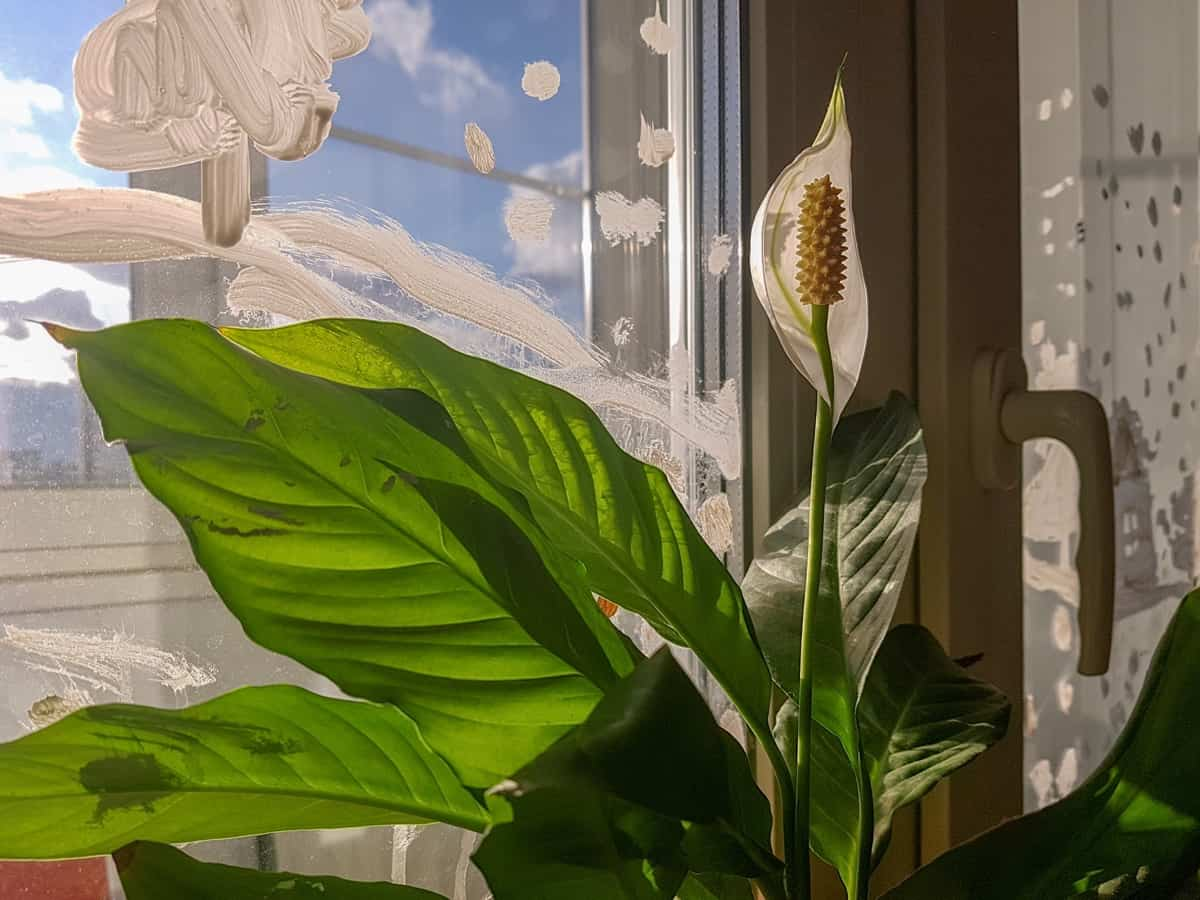
These plants release moisture through their leaves, creating a more comfortable environment and reducing symptoms associated with dryness, such as dry skin or respiratory issues. They thrive in medium to low light conditions and prefer slightly moist soil. Overwatering the plant should be avoided as it can lead to root rot. Regularly placing the plant on a tray filled with water can help maintain adequate humidity levels.
Spider Plant
Spider plants are not only beautiful additions to your indoor garden, but they are also great for allergy sufferers. These hypoallergenic plants have long, arching leaves with white stripes that give them a unique and elegant appearance. They can help filter formaldehyde, xylene, and carbon monoxide, commonly found in household products and furnishings. This makes them a perfect choice for improving indoor air quality.
The plants thrive in well-drained soil and bright indirect light, making them suitable for various environments within your home. Spider plants also tolerate neglect well and can withstand periods of drought without suffering significant damage. Spider plants will show you when they need water by showing signs like drooping leaves or wilting foliage. Adjust your watering routine accordingly to keep these beauties happy.
Dracaena (Dracaena spp.)
With its vibrant foliage and air-purifying qualities, Dracaena is a popular choice for indoor gardeners. This versatile plant comes in various species, each offering unique features to enhance any living space. It features long, slender leaves that are dark green with red or purple edges. This striking color combination adds an exotic touch to any room. Another popular Dracaena species is the Dracaena fragrans, commonly called the Corn Plant.
With its broad leaves and tall stalks resembling cornstalks, this plant brings a touch of nature indoors. Plus, it’s known for its ability to remove harmful toxins from the air. Consider the Dracaena compacta or Janet Craig variety if you want a compact option. Its glossy leaves create an elegant look while requiring minimal maintenance. No matter which Dracaena species you choose, these plants thrive in indirect light and prefer well-draining soil.
Aloe Vera (Aloe barbadensis)
Aloe Vera (Aloe barbadensis) is a beautiful indoor garden addition with numerous health benefits. This plant is known for its soothing and healing properties, making it a popular choice among allergy sufferers. One of the key reasons why the Aloe Vera plant is considered hypoallergenic is because it produces minimal pollen. Pollen from plants is one of the most common triggers for allergies, so having an indoor plant that doesn’t release much pollen can greatly reduce allergens in your home.
In case you missed it: Top 12 Carnivorous Plants to Grow Indoors: Easy to Care and Maintain
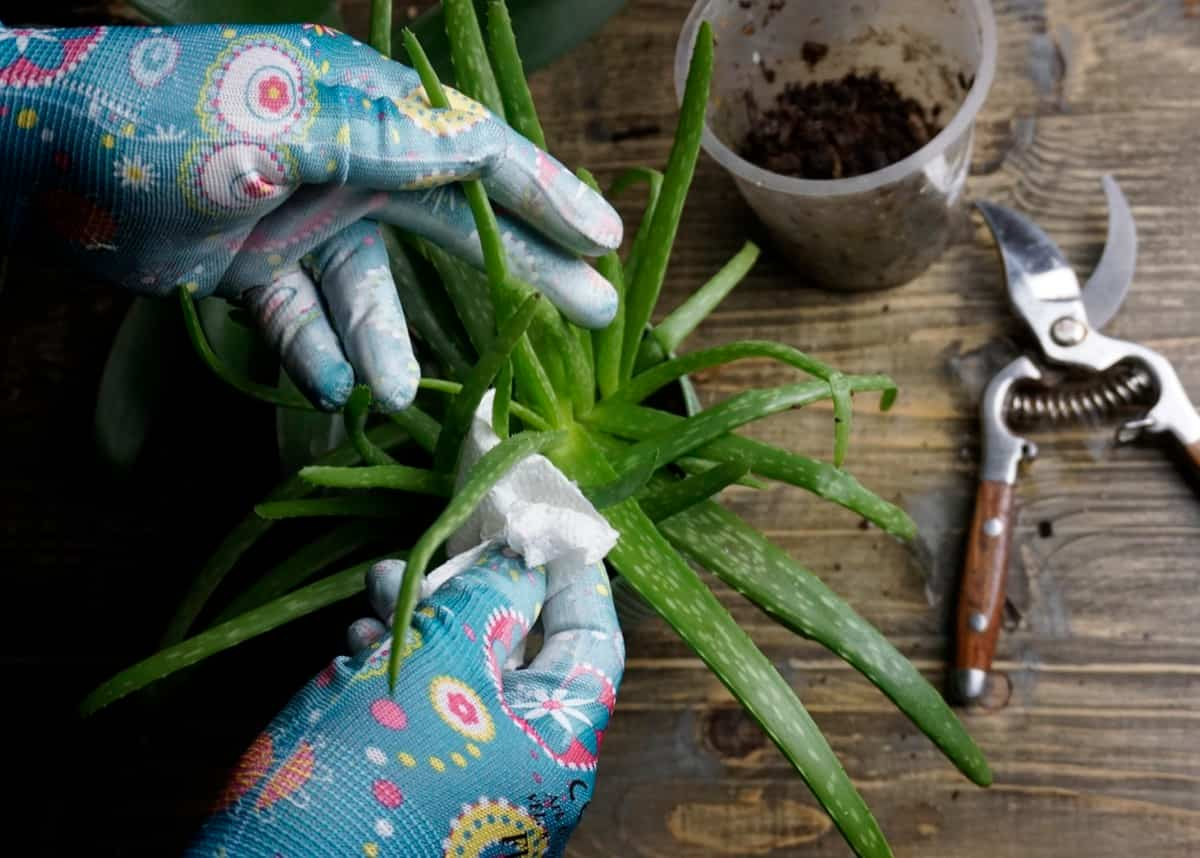
Aloe Vera also acts as a natural air purifier. It helps remove harmful toxins often found in household cleaning products and synthetic materials. It thrives in bright, indirect sunlight and only requires watering every few weeks. Ensure not to overwater it, as this can lead to root rot.
Parlor Palm (Chamaedorea elegans)
It is a popular choice among indoor plant enthusiasts. Its appearance and ability to thrive in low light conditions make it a perfect addition to any home or office space. It does not produce pollen that can trigger allergies, making it an ideal option for individuals with sensitivities. In addition to being allergy-friendly, Parlor Palm is relatively easy to care for. It requires indirect sunlight and prefers well-draining soil.
Regular watering and misting will help maintain its lush foliage. This tropical plant thrives in moderate humidity but tolerates drier environments. Another advantage of having Parlor Palm indoors is its air-purifying properties. Like other plants on this list, it helps remove toxins from the air while releasing oxygen during photosynthesis. Parlor Palm adds a touch of elegance to any room. Whether placed on a desk, shelf, or floor stand, this versatile plant brings natural beauty into your living space without causing allergic reactions.
Chinese Evergreen (Aglaonema spp.)
It is a popular choice for indoor gardeners looking for hypoallergenic plants. With its beautiful foliage and low-maintenance nature, it’s no wonder why this plant is so beloved. One of the main features of the Chinese Evergreen is its ability to thrive in low-light conditions. This makes it perfect for those rooms in your home that don’t get much sunlight. Whether you place it in a dim corner or on a shelf away from direct light, this plant will continue to grow and flourish.
In case you missed it: How to Use 19-19-19 Fertilizer in Your Garden: Benefits and When to Apply
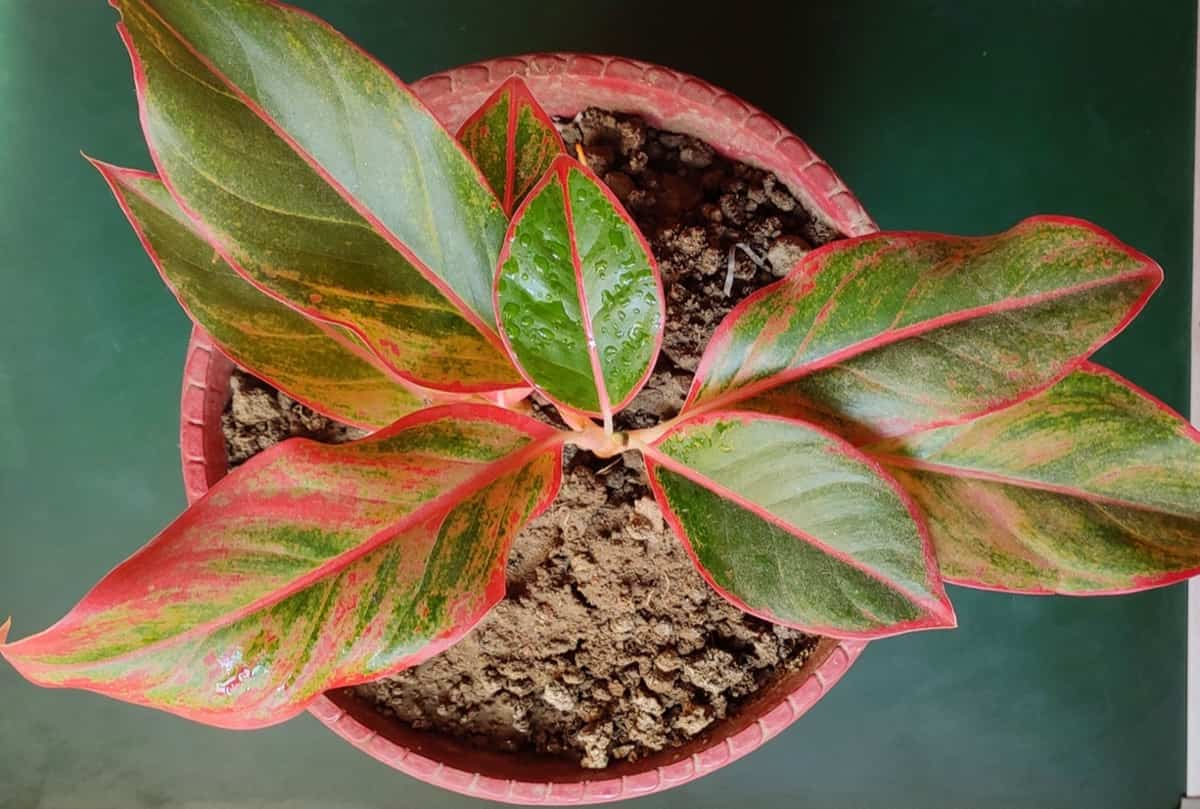
When caring for your Chinese Evergreen, water it regularly, but avoid overwatering the plant as this can lead to root rot. It prefers slightly moist soil, so allow the top inch to dry before watering again. Its beauty, durability, and air-purifying qualities make it an excellent addition to any indoor garden.
ZZ Plant (Zamioculcas zamiifolia)
ZZ Plant (Zamioculcas zamiifolia) is a popular choice for indoor plant enthusiasts, and it’s no wonder why. This plant adds beauty to any space with its glossy, dark green leaves and has hypoallergenic properties that make it ideal for allergy sufferers. One of the reasons why ZZ Plant is considered hypoallergenic is because it does not produce much pollen or fragrance, which are common triggers for allergies. This makes it a great option for those suffering from hay fever or other respiratory allergies. In addition to being allergen-free, ZZ Plant is known for purifying the air by removing toxins.
Another benefit of growing ZZ Plant indoors is that it requires minimal care. It thrives in low light conditions and can tolerate infrequent watering, making it perfect for busy individuals or those with less experience in gardening. To ensure the health and longevity of your ZZ Plant, place it in an area where it receives indirect sunlight and water sparingly – allowing the soil to dry out between waterings. Remember to dust off its leaves regularly to keep them looking vibrant and shiny.
Ficus (Ficus spp.)
Ficus, also known as the weeping fig, is popular among indoor gardening enthusiasts who suffer from allergies. This plant adds beauty to any space with its lush foliage and graceful branches. Ficus has been found to release low levels of allergens compared to other houseplants.
In case you missed it: Top 15 Strawberry Varieties to Grow in Your Garden: Best List of Strawberry Varieties for High Profits

Additionally, Ficus can filter toxins from the air, improving and promoting a healthier environment. Make sure you place your Ficus in an area with bright, indirect light. Direct sunlight can scorch its leaves and cause them to drop prematurely. Avoid overwatering the Ficus plant, as this can lead to root rot.
Pothos (Epipremnum aureum)
Pothos, known as Devil’s Ivy, is popular among indoor plant enthusiasts. Its heart-shaped leaves make it an addition to any space. But what sets Pothos apart from other houseplants is its hypoallergenic properties. One of the reasons why Pothos is so low-maintenance is because it thrives in various lighting conditions – from bright indirect light to lower light levels. This makes it suitable for different areas of your home or office.
Pothos prefers slightly dry soil between waterings. Pothos also responds well to regular pruning, which helps promote fuller growth and keeps the plant looking lush and healthy. You can even propagate new plants by cutting off a stem with several leaves and placing it in water until roots develop.
Calathea (Calathea spp.)
Calathea, also known as the prayer plant, is a stunning addition to any indoor garden. Its vibrant foliage and unique patterns add a touch of beauty to your space. But what makes Calathea truly special is its hypoallergenic nature. Unlike some plants that release allergens into the air, Calathea purifies it.
Not only does Calathea help with allergies, but it’s also relatively low maintenance. It thrives in indirect light and prefers moist soil without being waterlogged. Regular misting will keep its leaves hydrated and prevent them from drying out. One thing to keep in mind when caring for Calathea is humidity levels. This tropical plant loves high humidity, so placing it near a humidifier or grouping it with other plants can create an ideal environment.
Bromeliads (Bromeliaceae family)
Bromeliads, belonging to the Bromeliaceae family, are a stunning addition to any indoor garden. These tropical beauties come in various shapes, colors, and sizes, making them perfect for adding beauty to your home decor. One of the standout features of bromeliads is their unique foliage.
In case you missed it: Growing Best Bromeliads Indoors: DIY Steps Explained
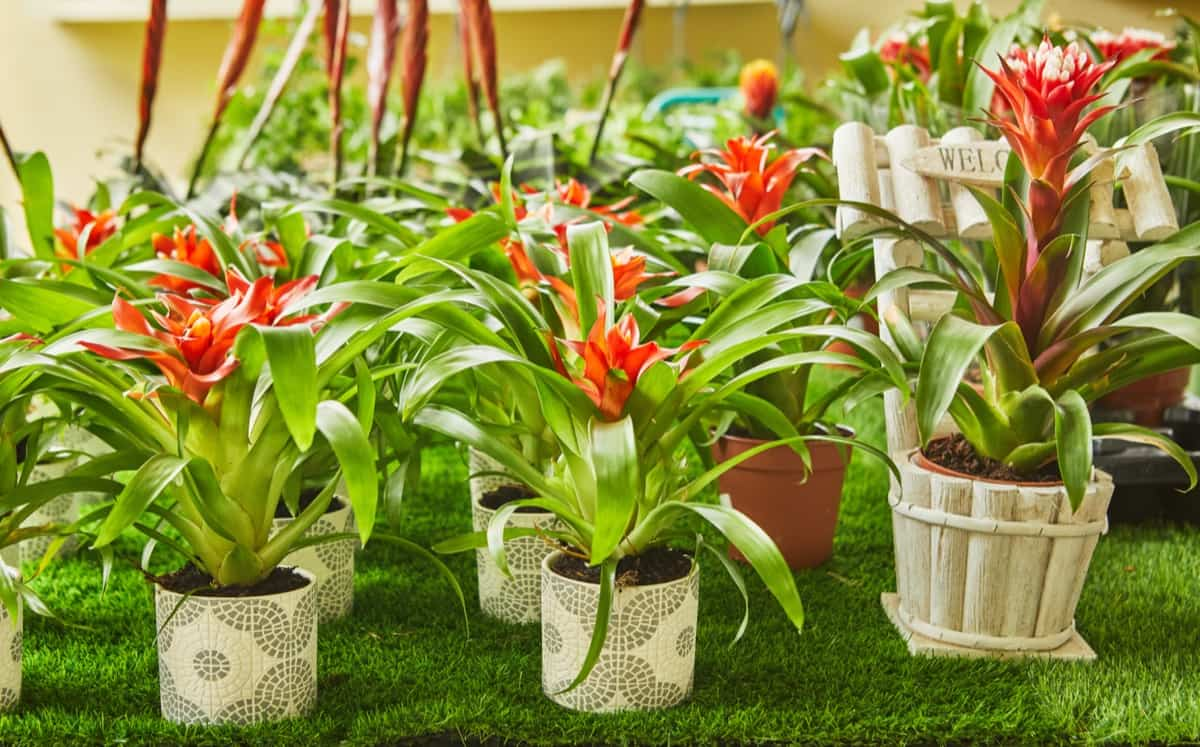
Not only are bromeliads visually appealing, but they also offer health benefits for allergy sufferers. In addition to being hypoallergenic, bromeliads are relatively low-maintenance plants. They thrive in bright indirect light and need little watering – simply misting their leaves occasionally will suffice. Plus, they can tolerate fluctuating humidity levels commonly found indoors.
Conclusion
Indoor plants have numerous benefits beyond their aesthetic appeal. Plus, caring for plants has been shown to reduce stress levels and improve overall well-being. Hypoallergenic plants are those that produce minimal or no pollen or other allergens. By choosing these plants for your indoor garden, enjoy the benefits without worrying about triggering your allergies. These plants have been carefully selected for their low pollen and minimal allergen production, making them perfect for those with sensitive noses or respiratory issues.
- Broccoli Seed Germination and Selection
- Asparagus Seed Germination and Variety Selection
- Seasonal Flower Gardening: Best Practices for Spring, Summer, Fall, and Winter
- How to Grow Hibiscus from Flower
- Plantation Ideas for Home Decoration: A Beginners Guide
- Flower Garden Designs and Layouts for Beginners
- Planting and Spacing Techniques in Papaya: A Beginner’s Guide
- Growing Gold: Essential Techniques for Planting Pineapples
- How to Make Kalanchoe Plant Bushy: Home Remedies and Solutions
- 11 Reasons Why Your Gardenia is Not Blooming: Home Remedies and Solutions
- Eco Elegance: The Guide to Designing a Drought-Tolerant Landscape
- Gardening on a Slope: Strategies for Hillside Landscaping
- Nourish and Flourish: Top Organic Mulches for Thriving House Plants
- Everything You Want to Know about Indian Mogra Flower: Discover Uses and Growing
- Green Thumb Success: Expert Tips for Cultivating Greenhouse Pumpkins All Year Round
- Maximize Growth & Flavor: The Ultimate Guide to Companion Planting in Herb Gardens
- How to Control Rhododendron Problems Naturally: Home Remedies and Organic Ways to Fix Them
- Natural Magic: The Remarkable Benefits of Cinnamon for Plants
- Best Steps to Revive Dying Tulip with Natural and Organic Treatment
- 10 Reasons Why Your Angel Trumpet is Not Blooming: Remedies and Treatment
- How to Fix Periwinkle Leaf and Flower-Related Problems: Natural Remedies and Solutions
- How to Fix Zinnias Leaf and Flower Problems: Discover Natural and Home Remedies
- Organic Steps to Induce Lemon Tree Flowers: A Comprehensive Guide
- Bloom Booster: Crafting the Perfect Homemade Bougainvillea Fertilizer
- Optimizing Growth: A Guide to Applying NPK Fertilizer for Potted Plants
- 10 Best Homemade Fertilizers for Rubber Plant: DIY Recipes and Application Method
- How to Boost Female Pumpkin Flowers: Effective Steps for More Flowers and High Yields
- Transform Your Indoor Garden: Top Benefits of Pink Salt for Houseplants
- 10 Best Homemade Fertilizers for Peacock Plants (Calathea): Easy DIY Guide
- Unlock Blooms: 9 Reasons Why Your Potted Chrysanthemum is Not Blooming
- 8 Reasons Why Your Potted Hibiscus is Not Blooming: Fix it with Simple Solutions
- Unlock Blooms: 9 Key Reasons Your Potted Frangipani Won’t Flower
- 10 Reasons Why Is My Ice Plant Not Blooming: Remedies and Treatment
- 10 Reasons Why My Potted Hydrangea Not Blooming: Treatment and Remedies
- 10 Reasons Why is My Wisteria Not Blooming: Remedies and Treatment
- 10 Reasons Why is My Goldfish Plant Not Blooming: Remedies and Treatment